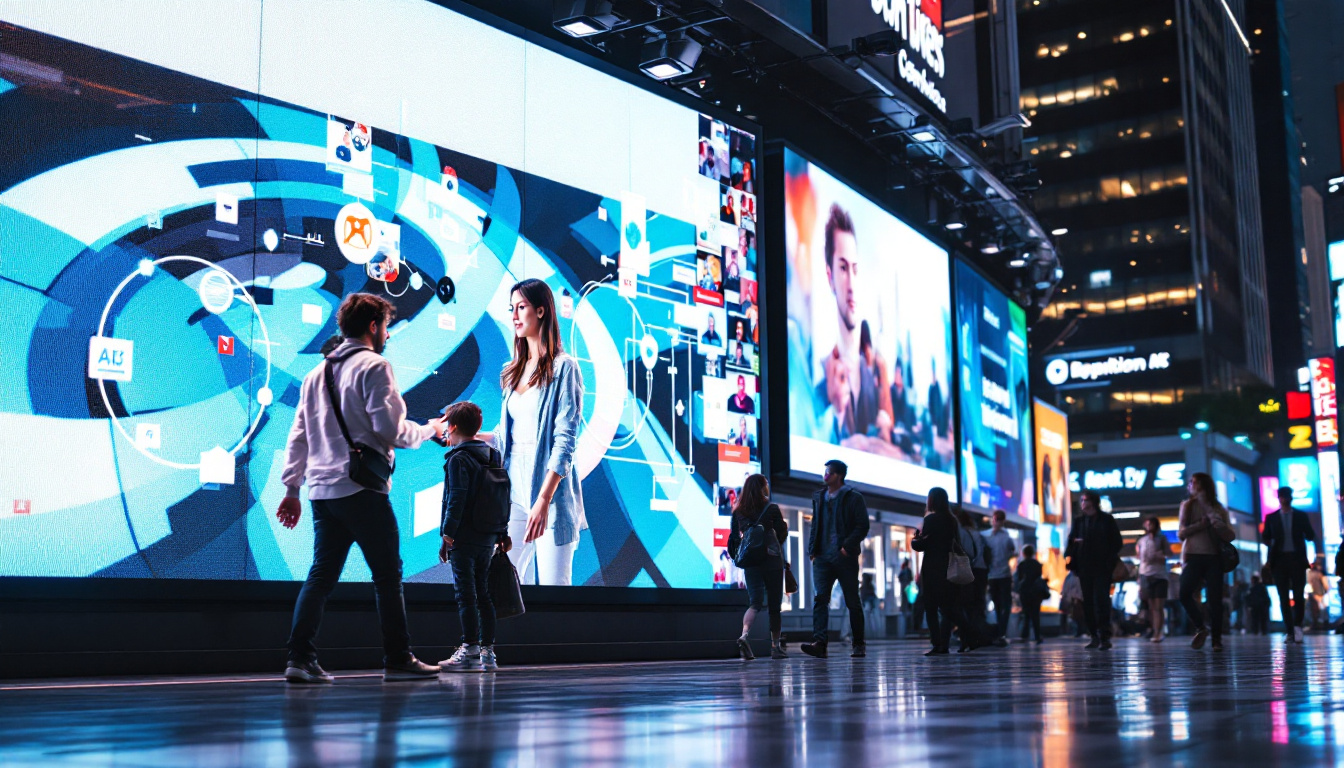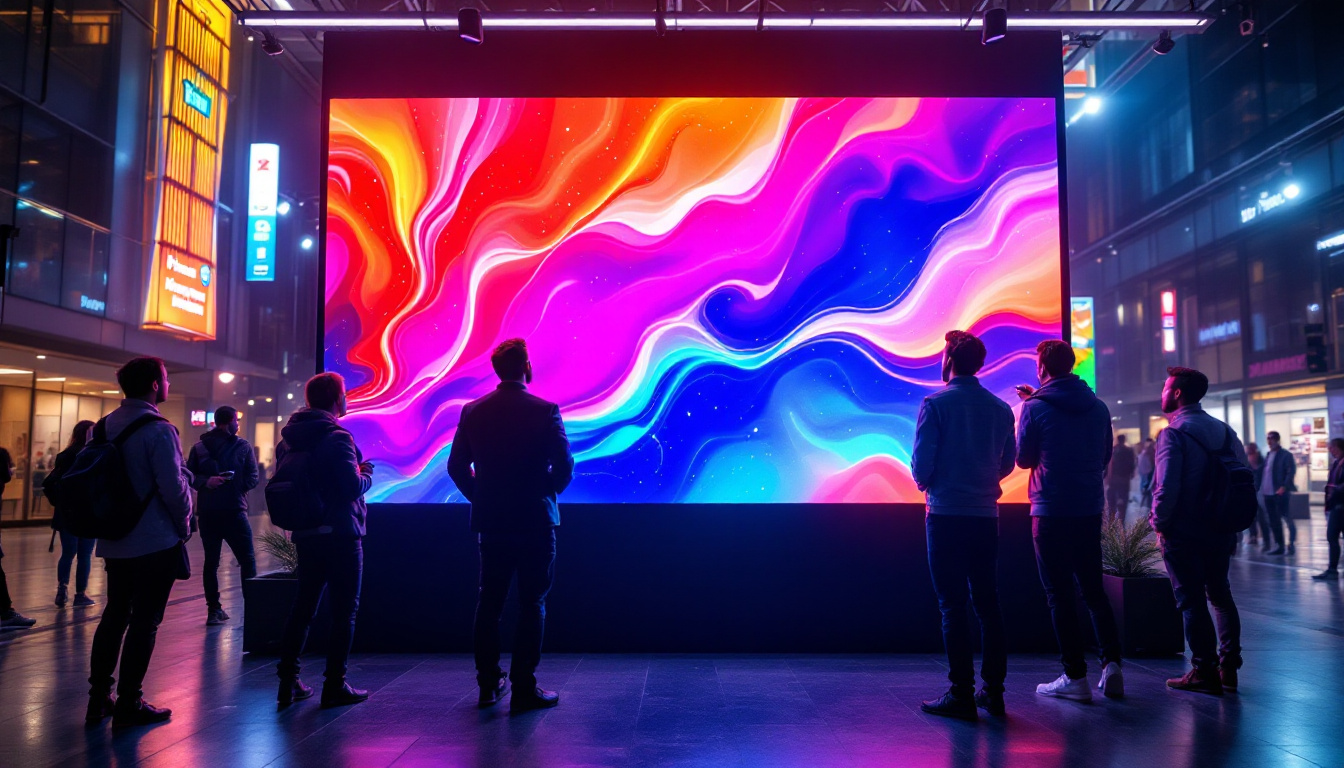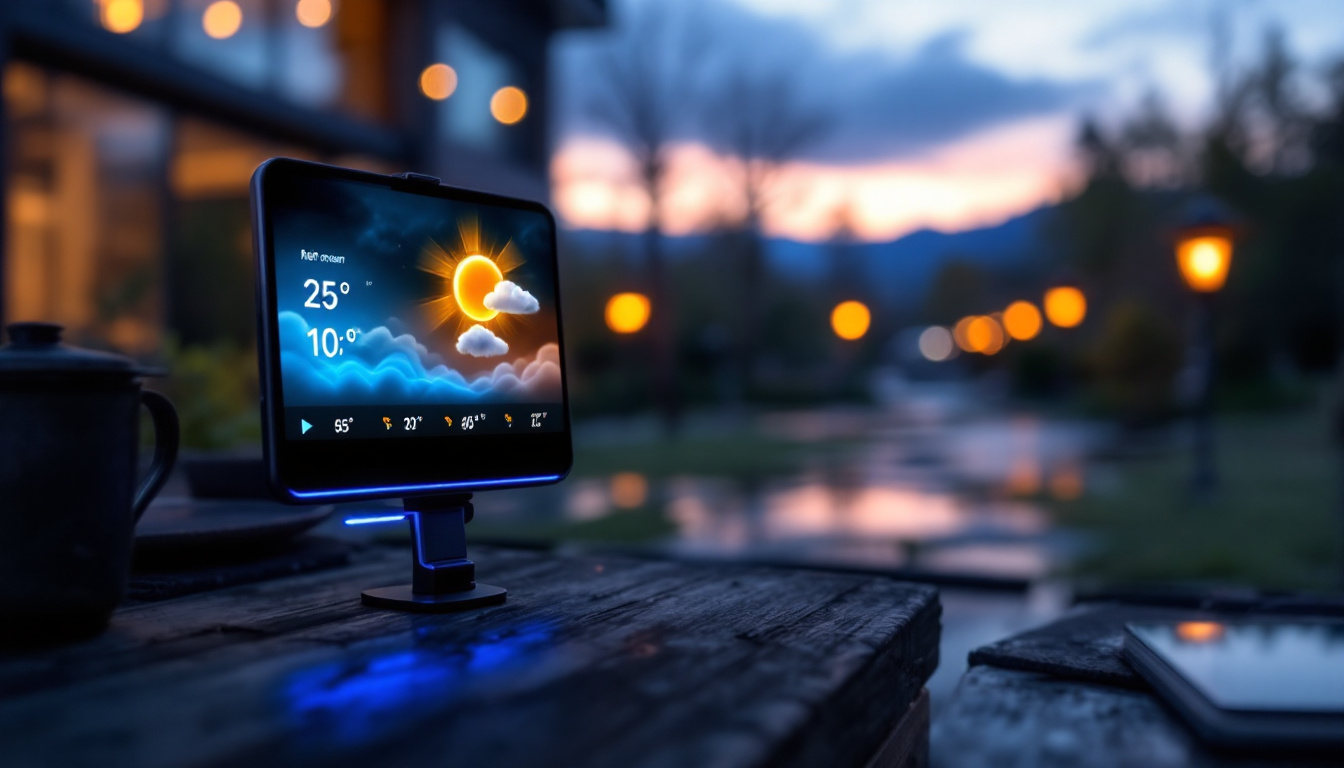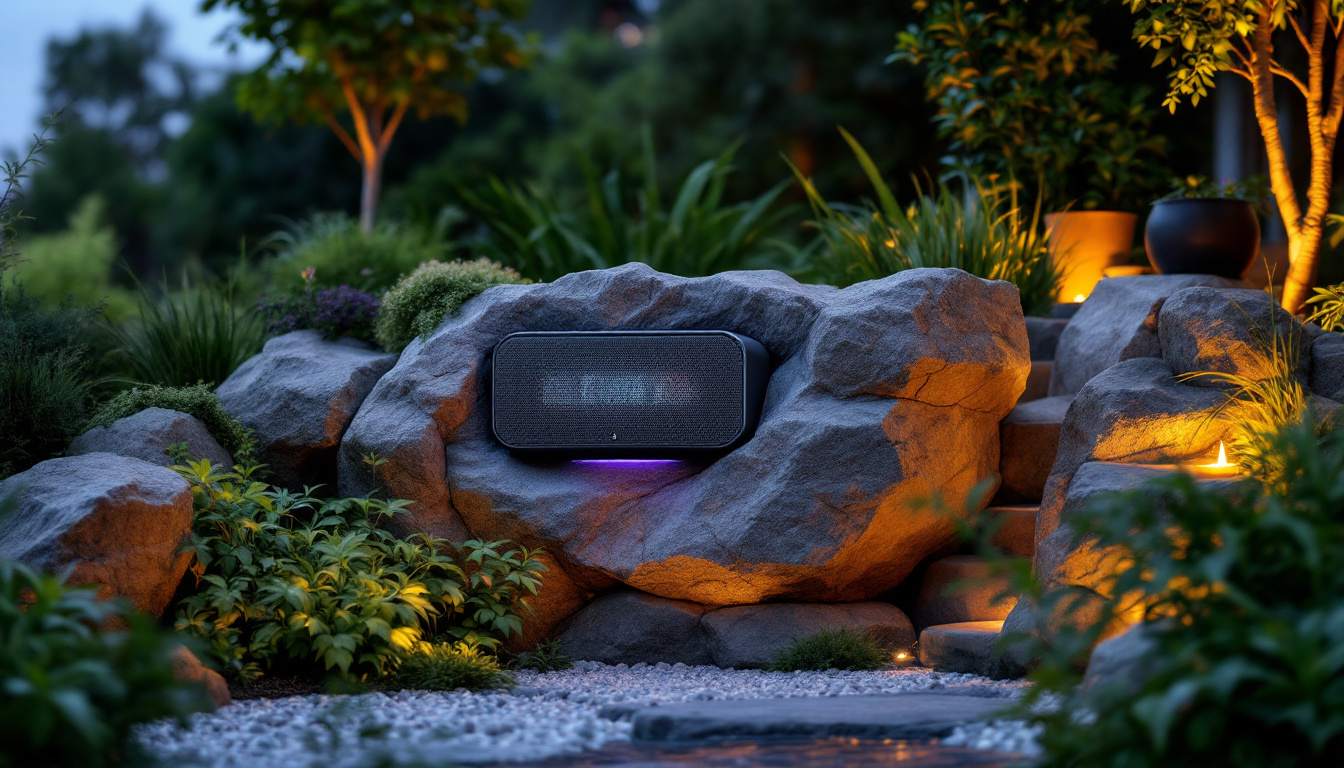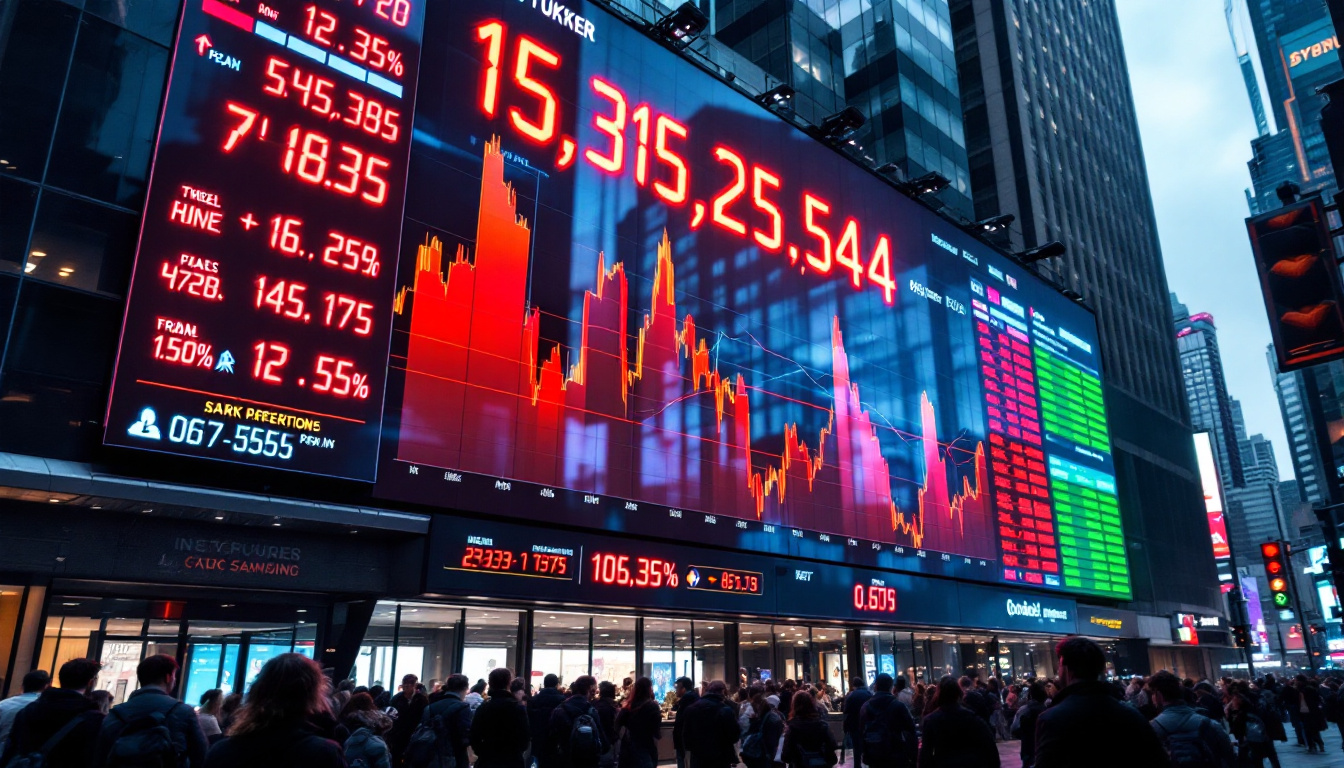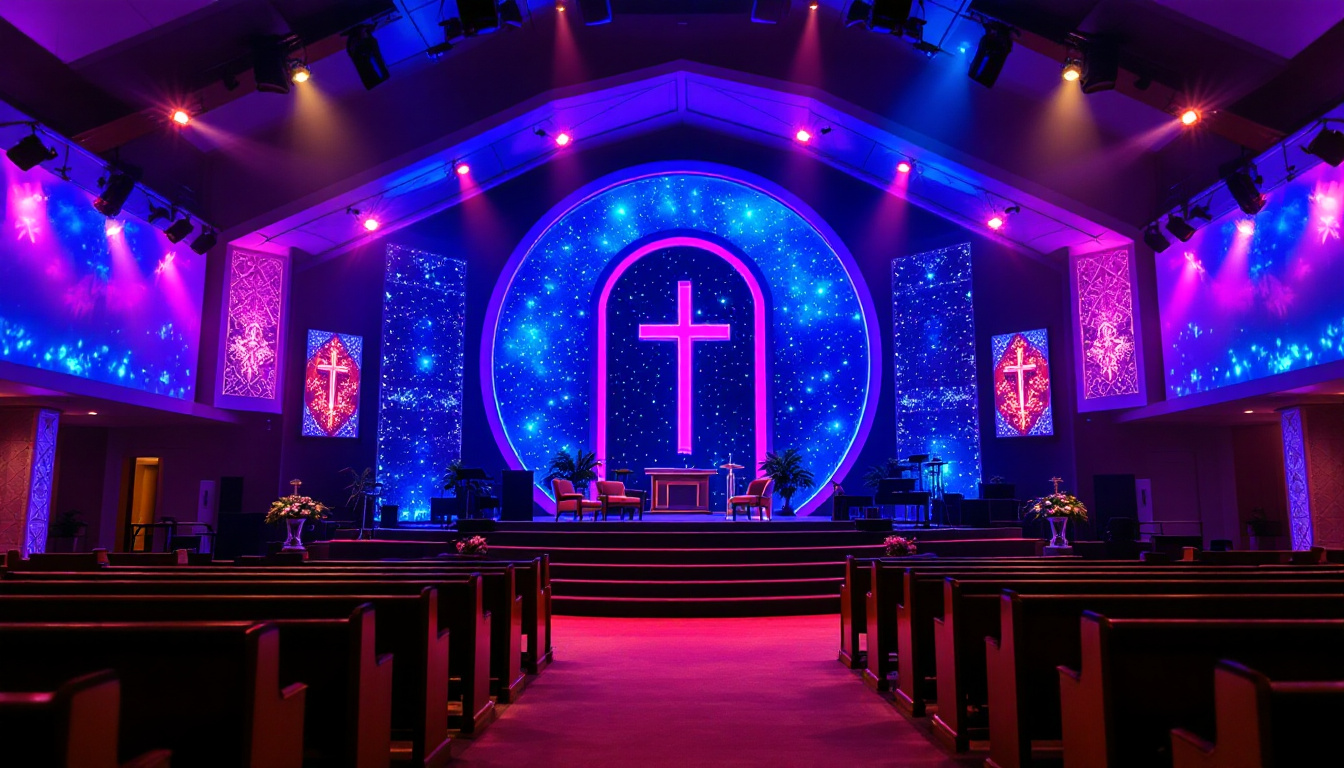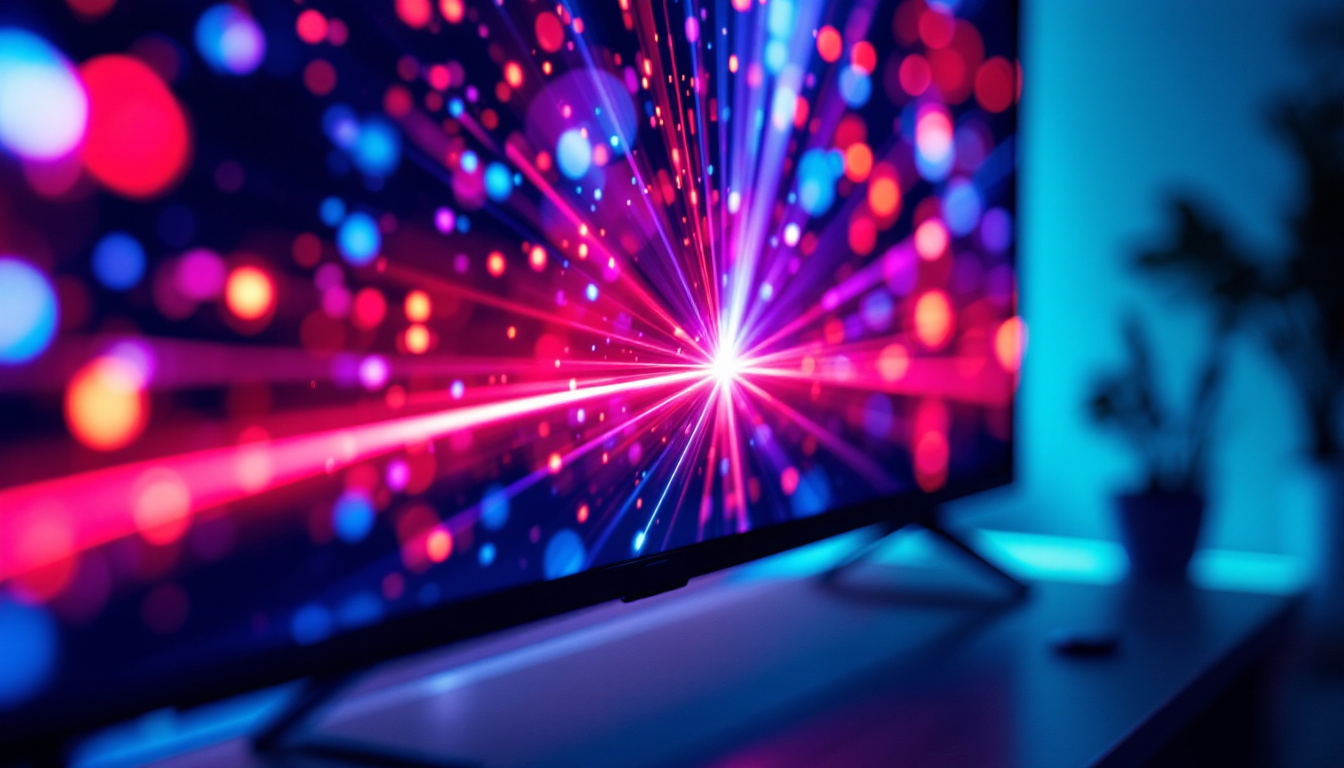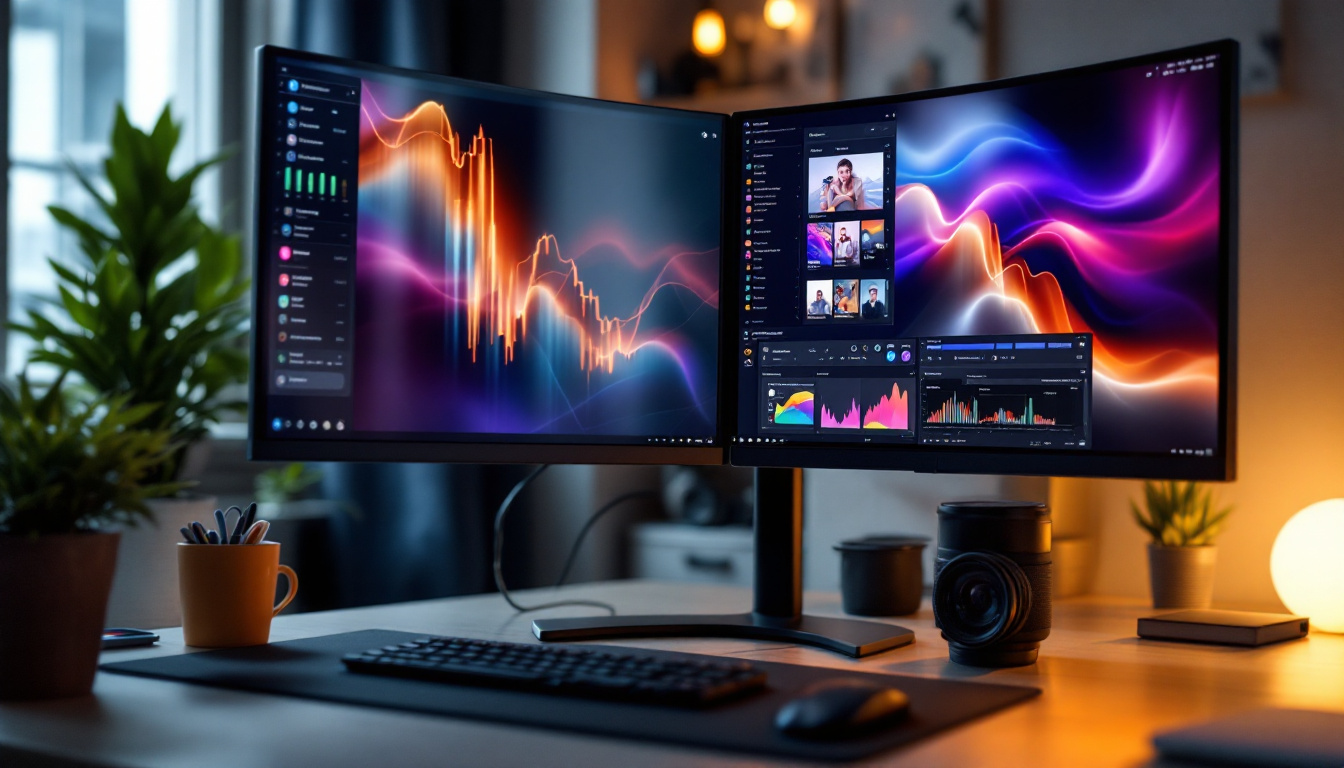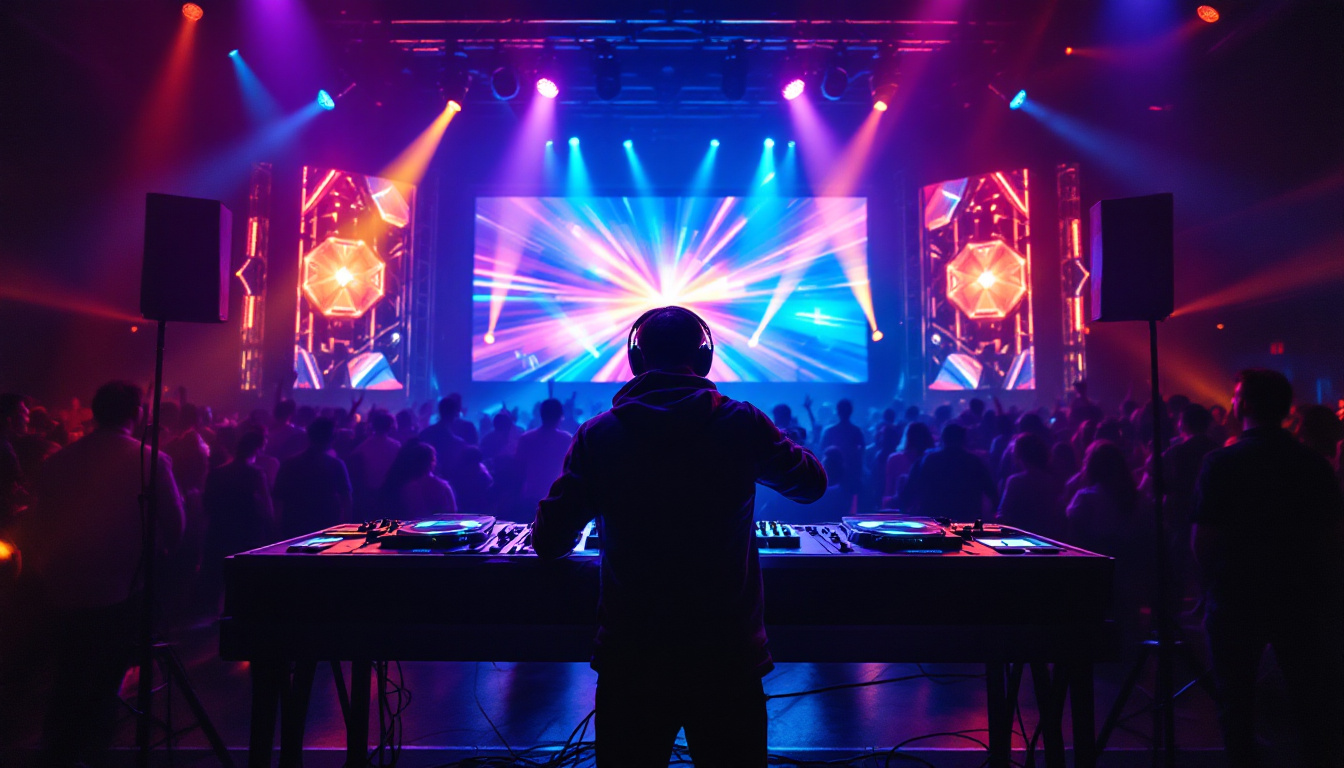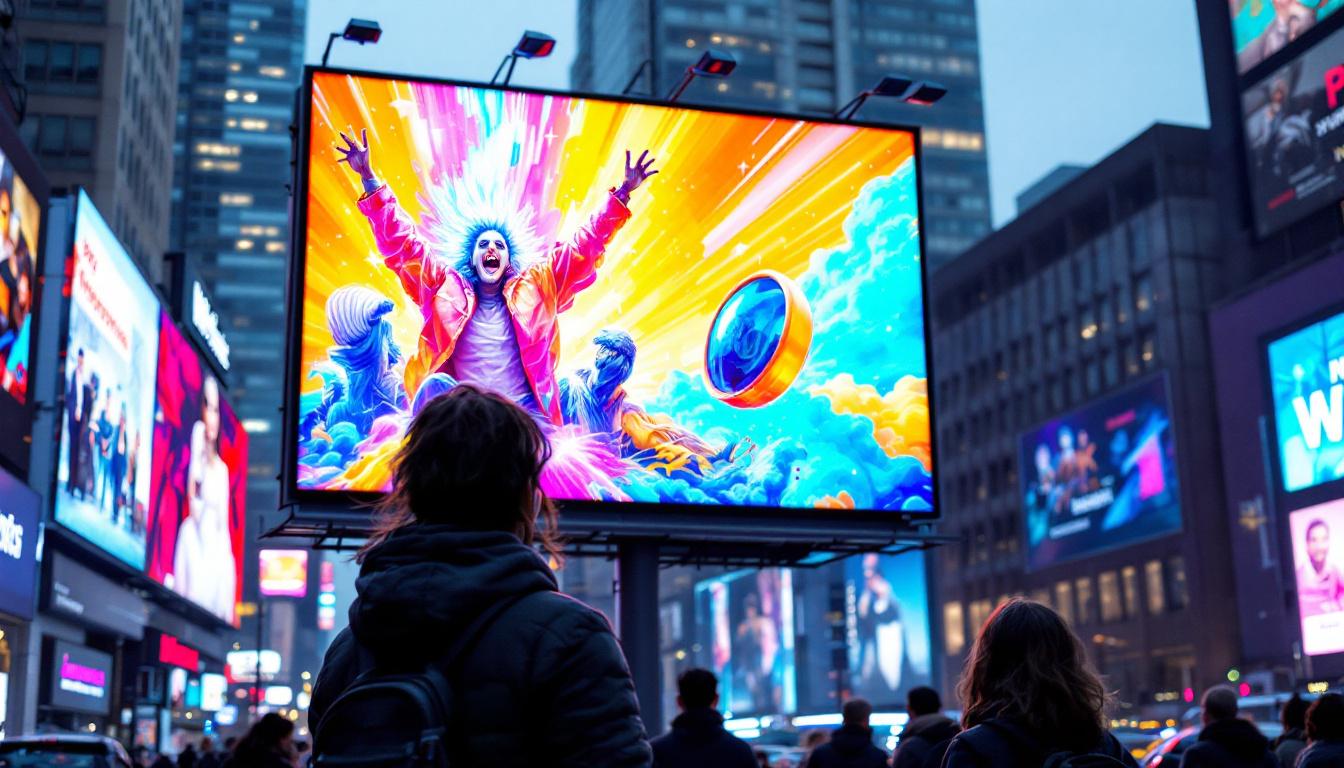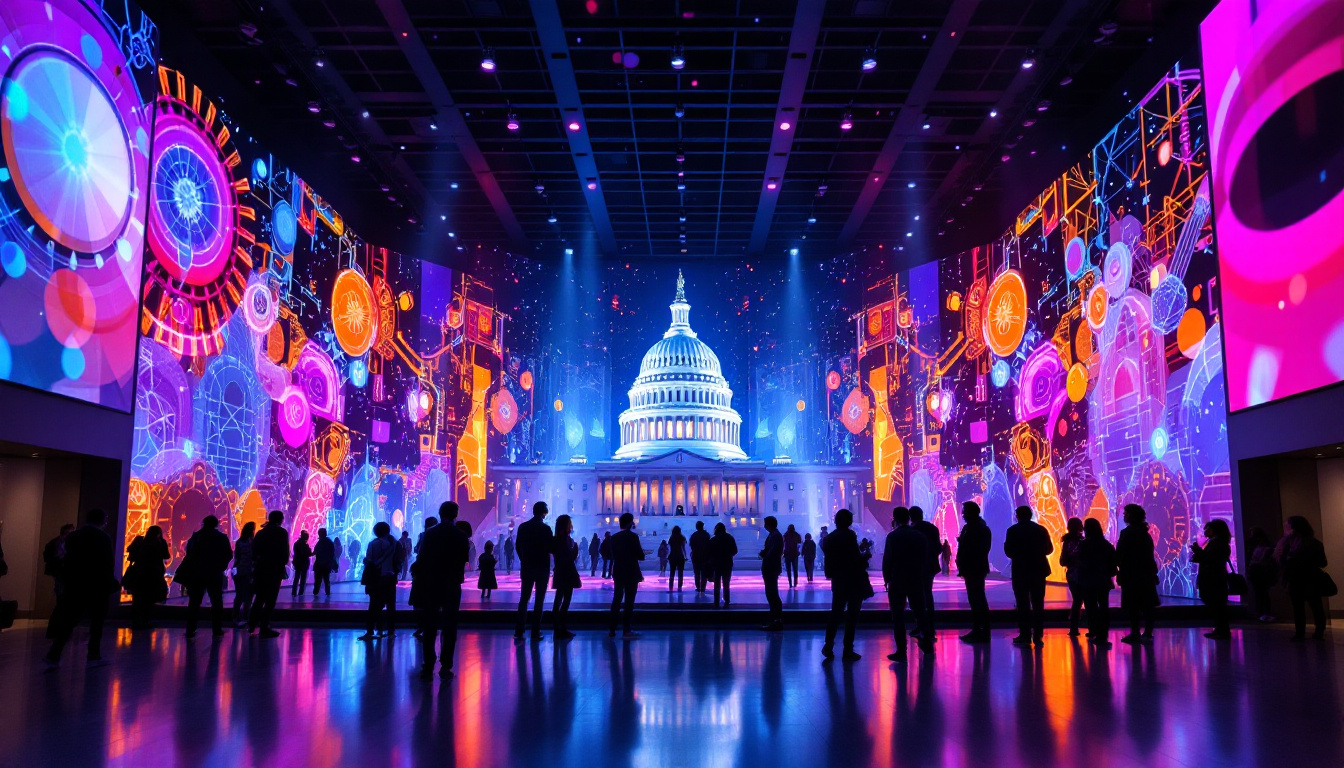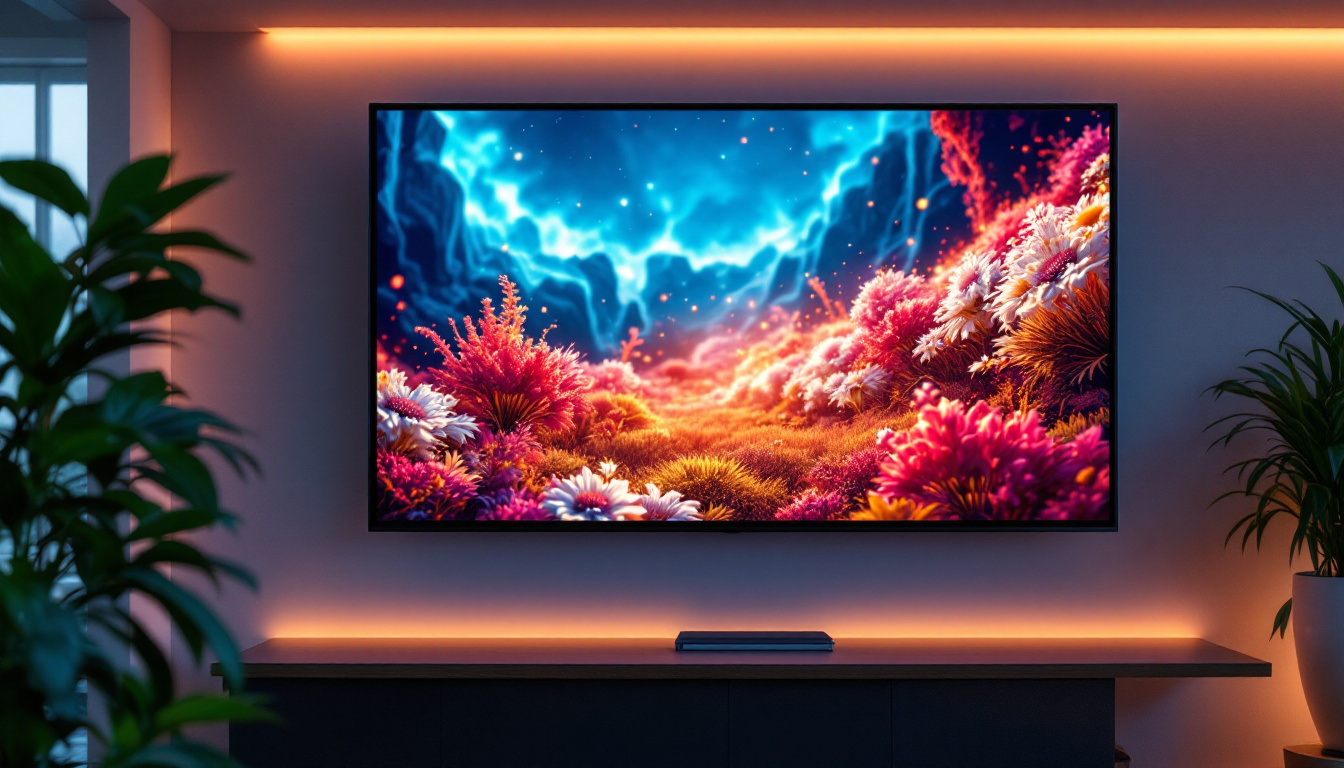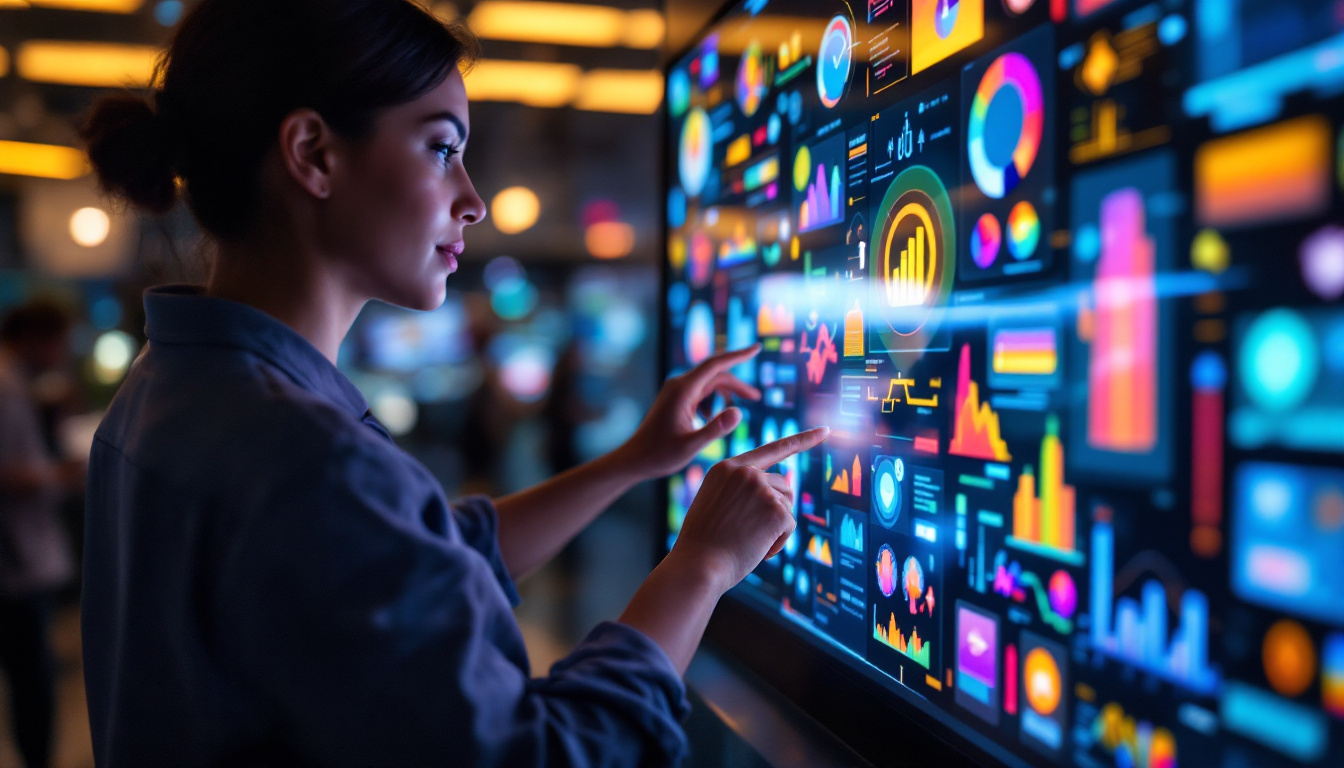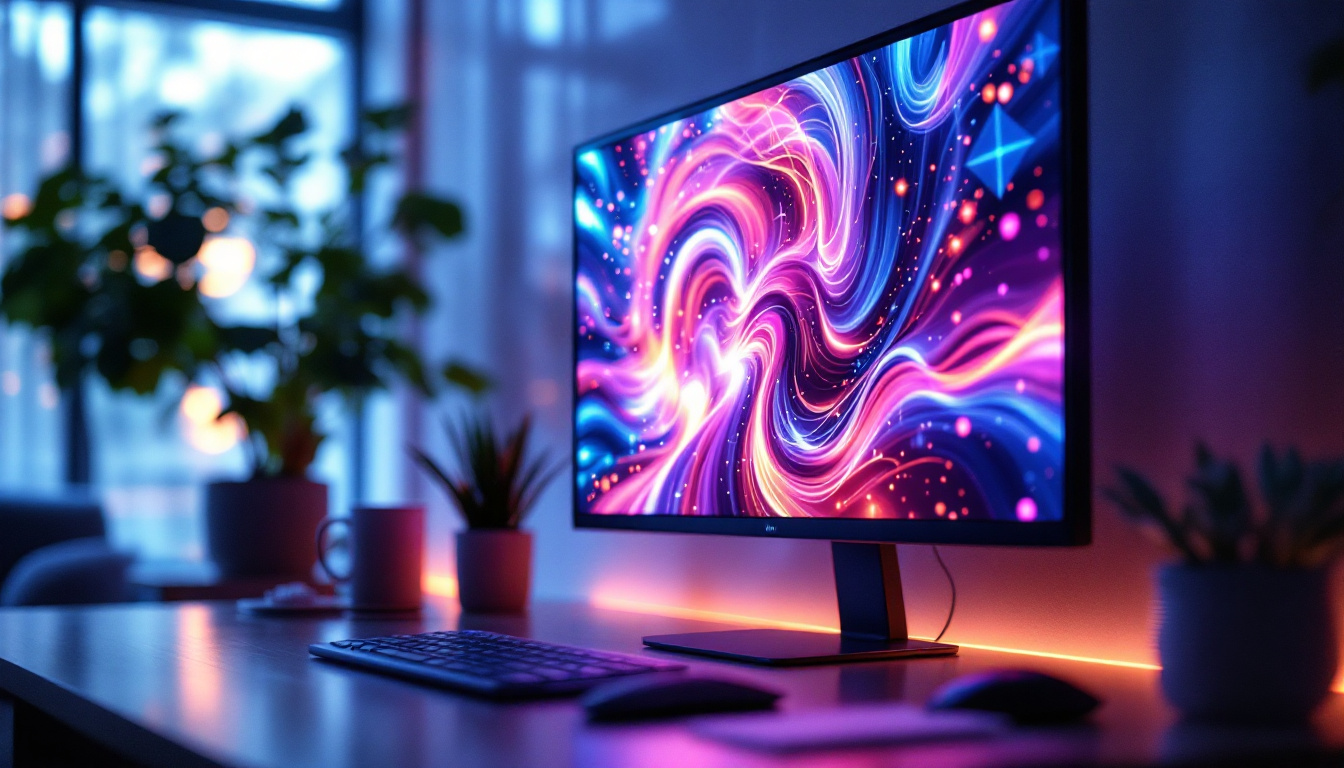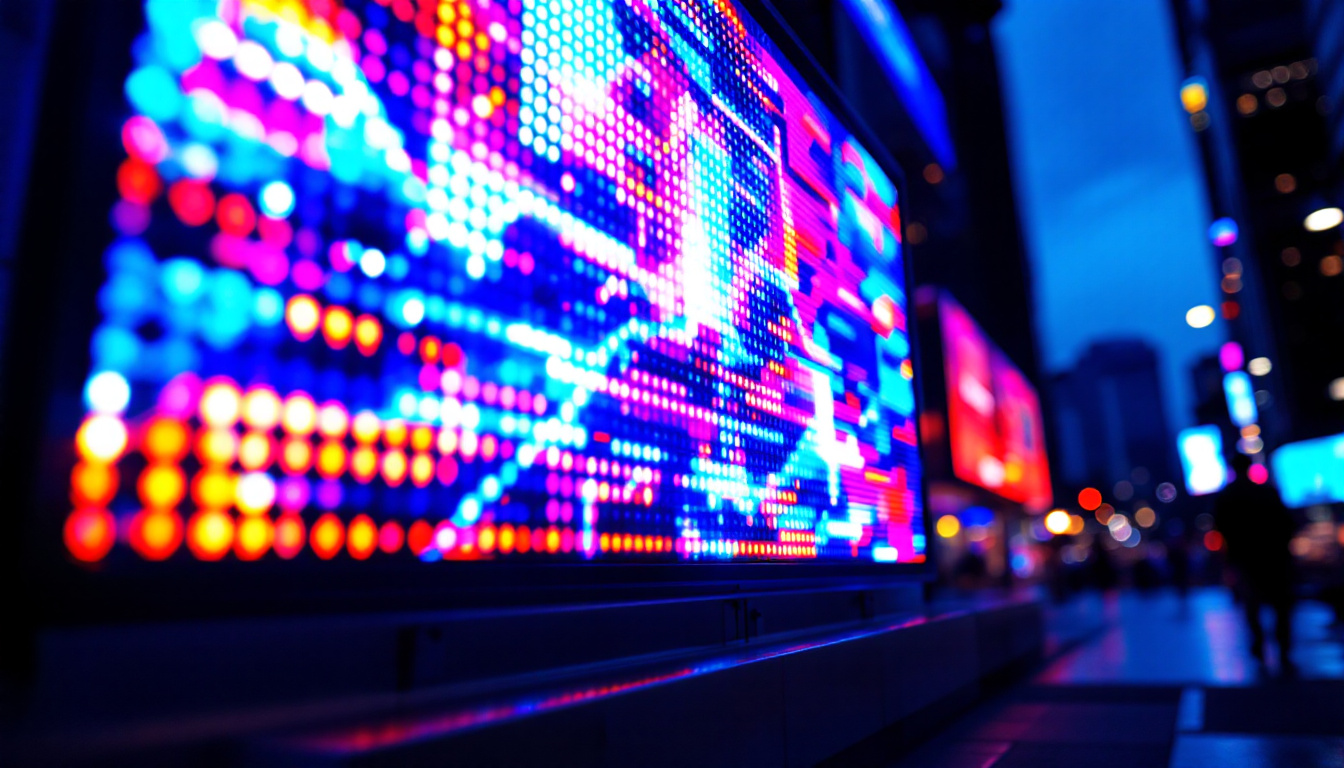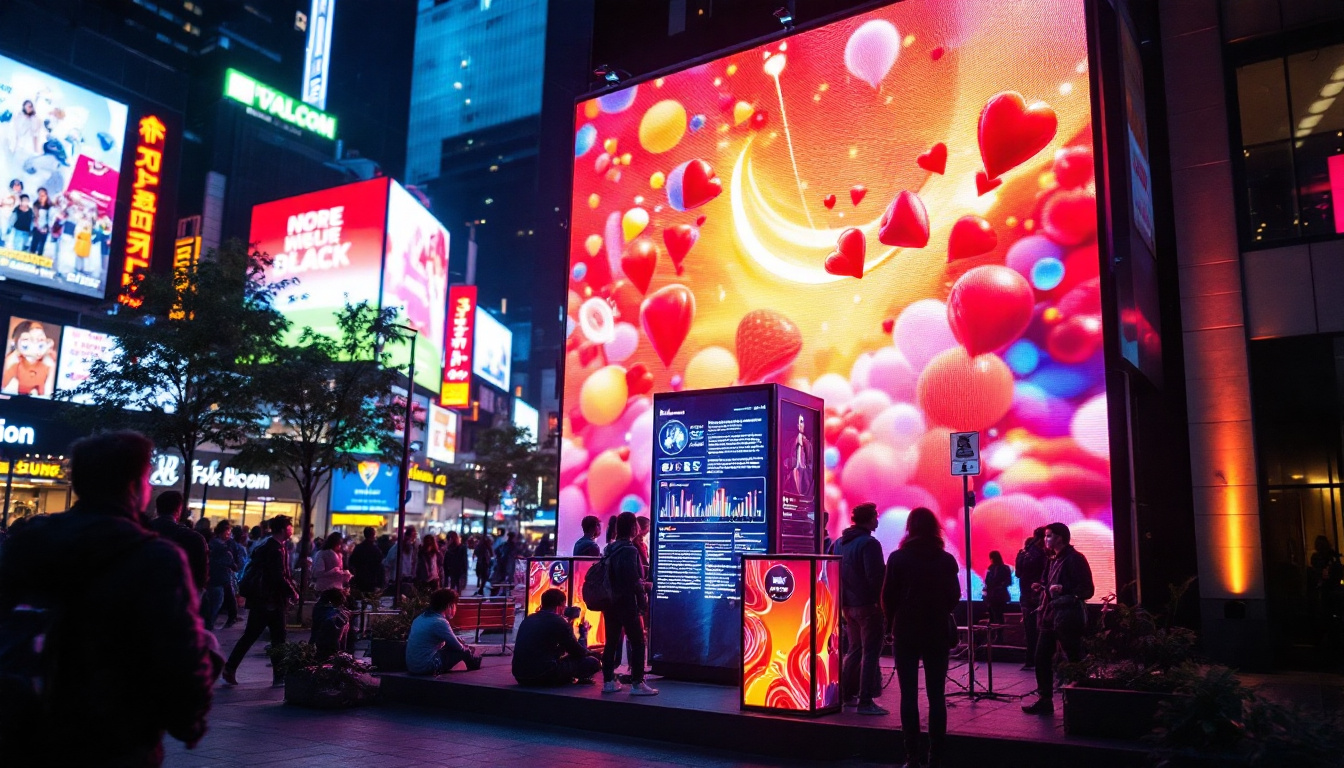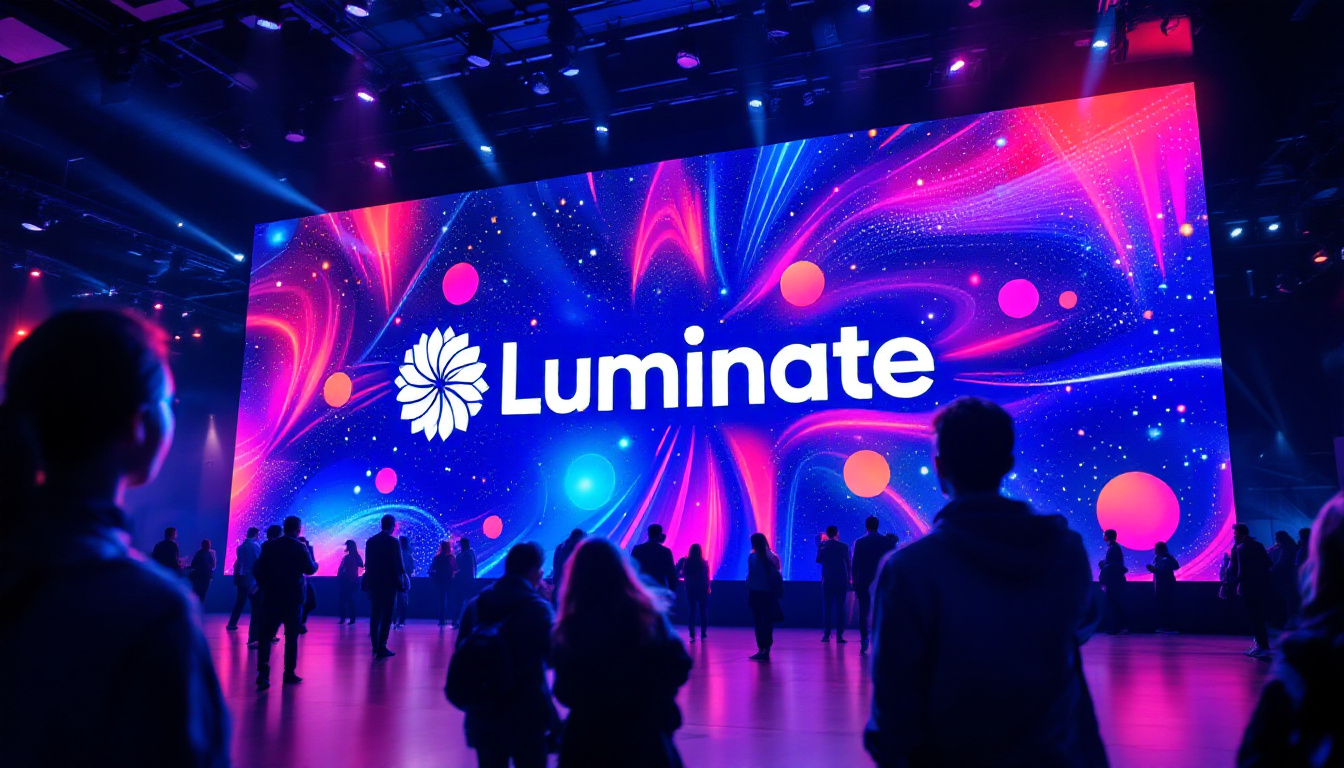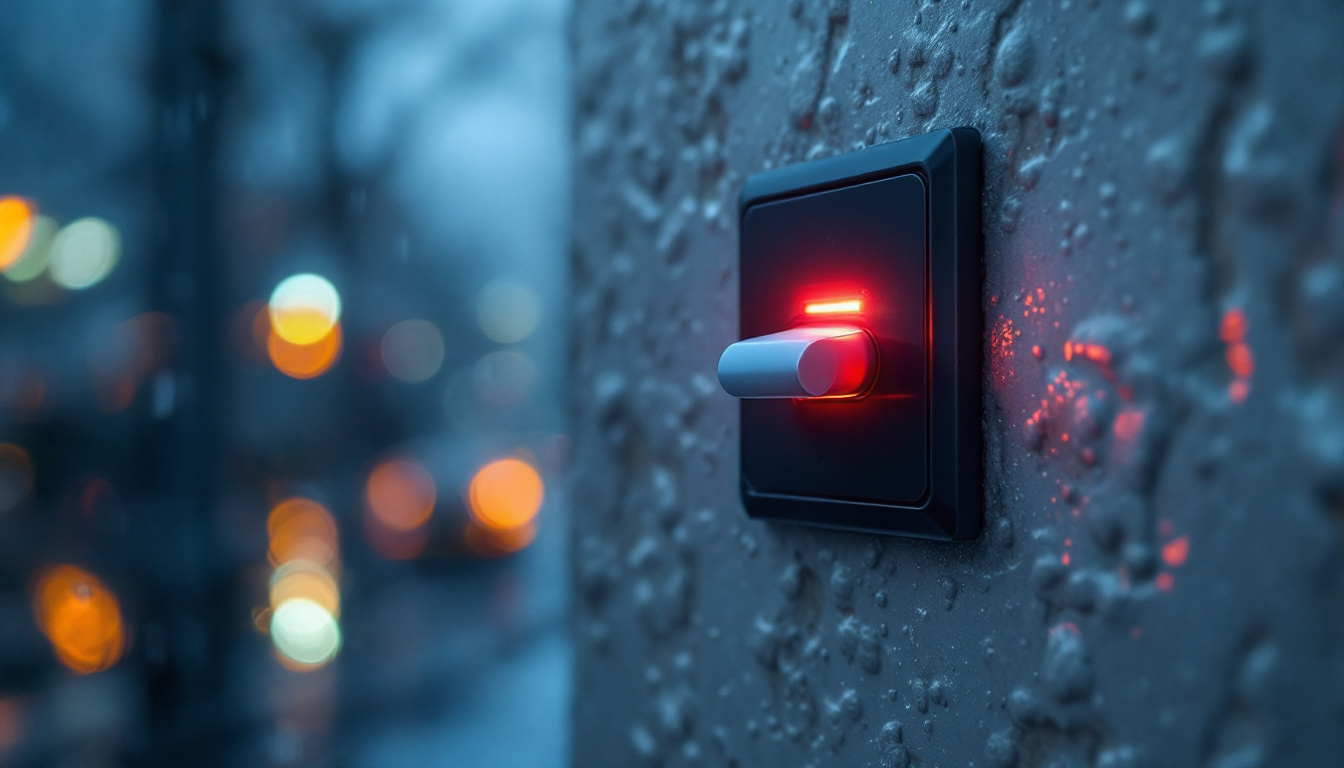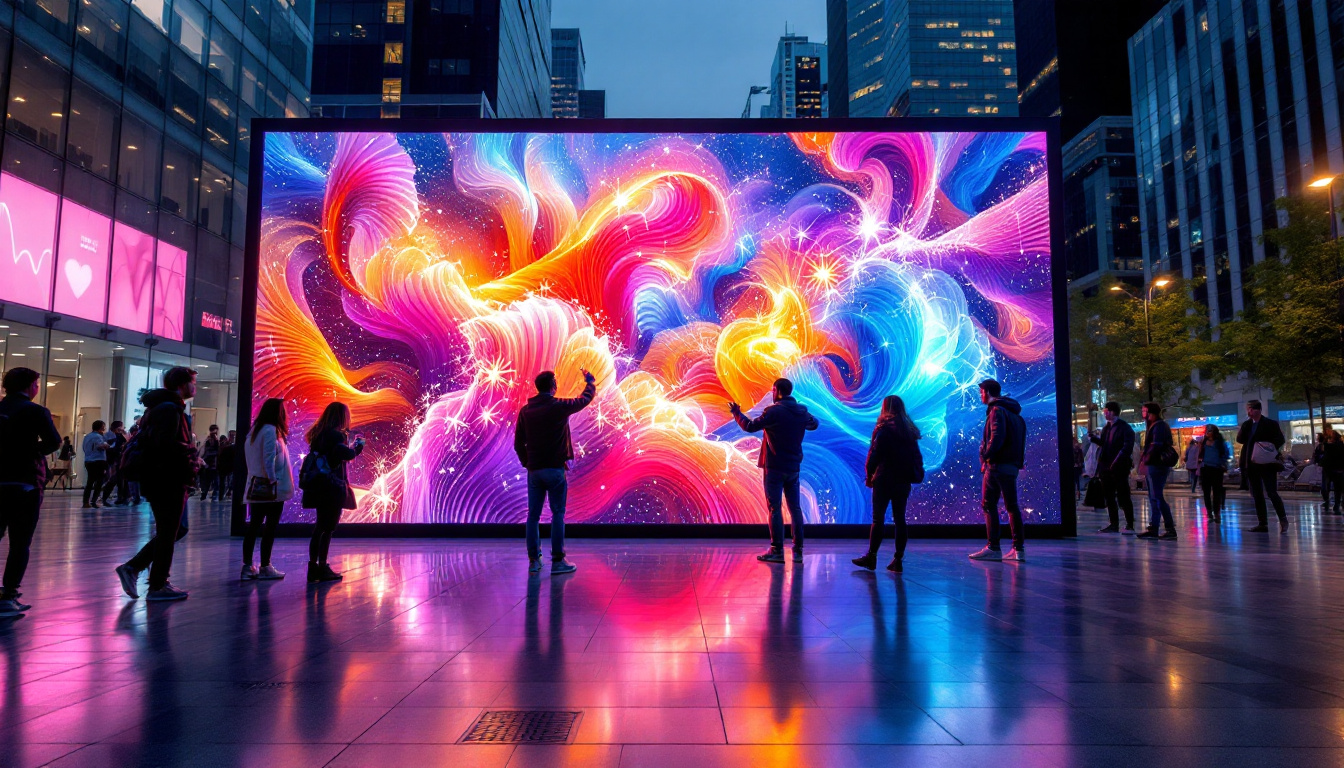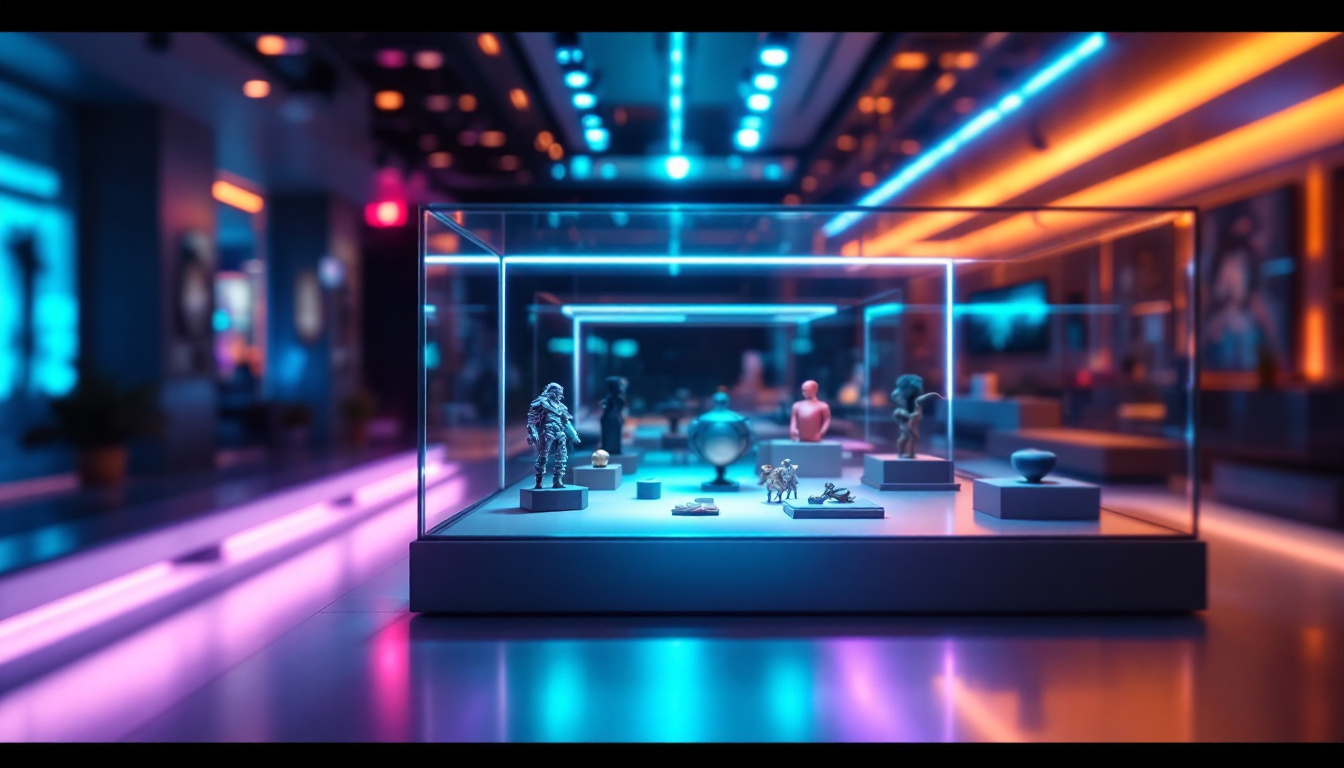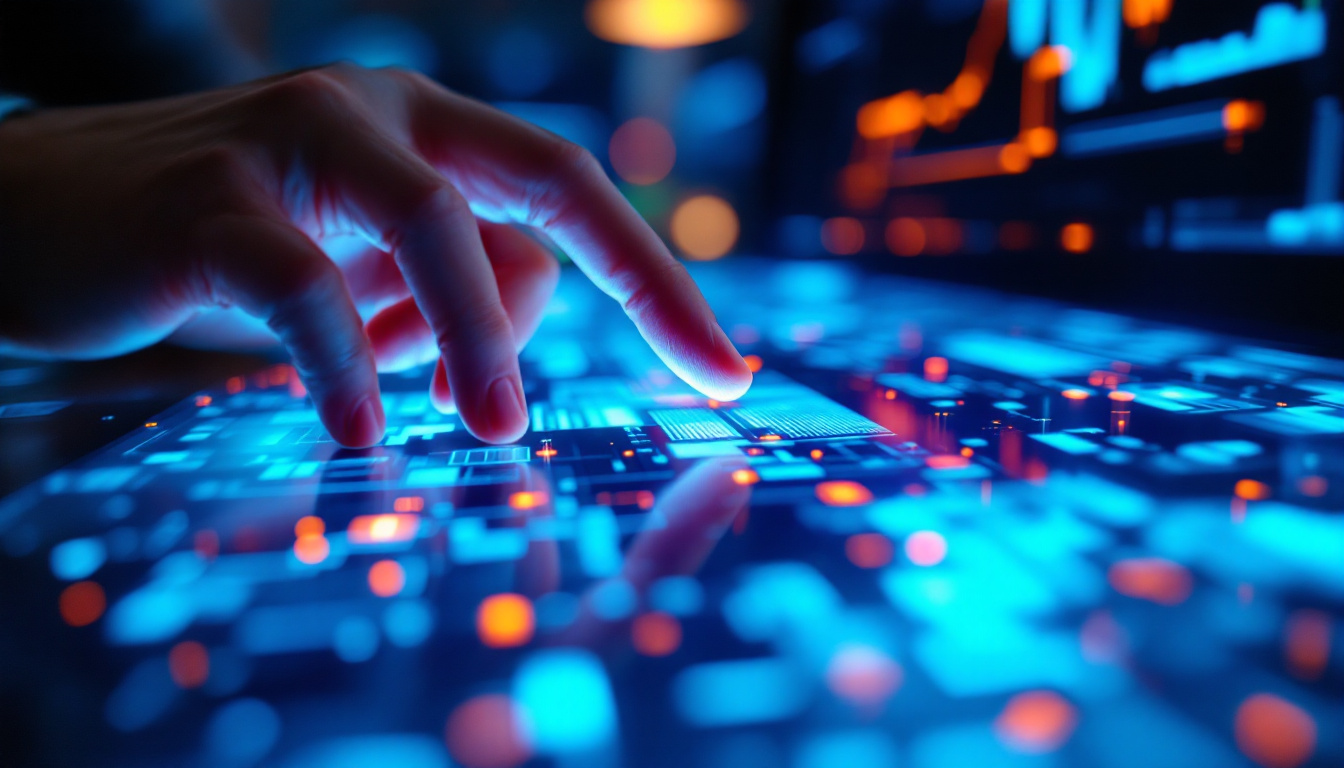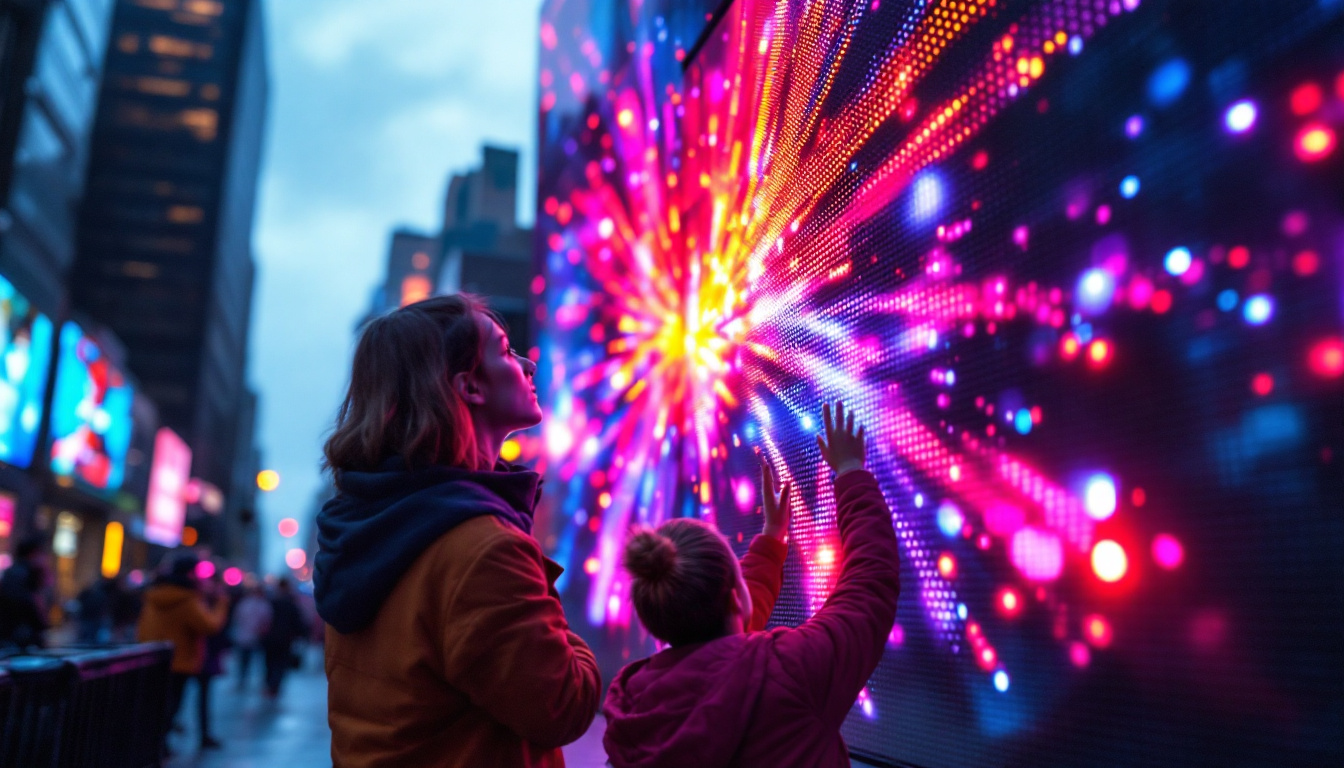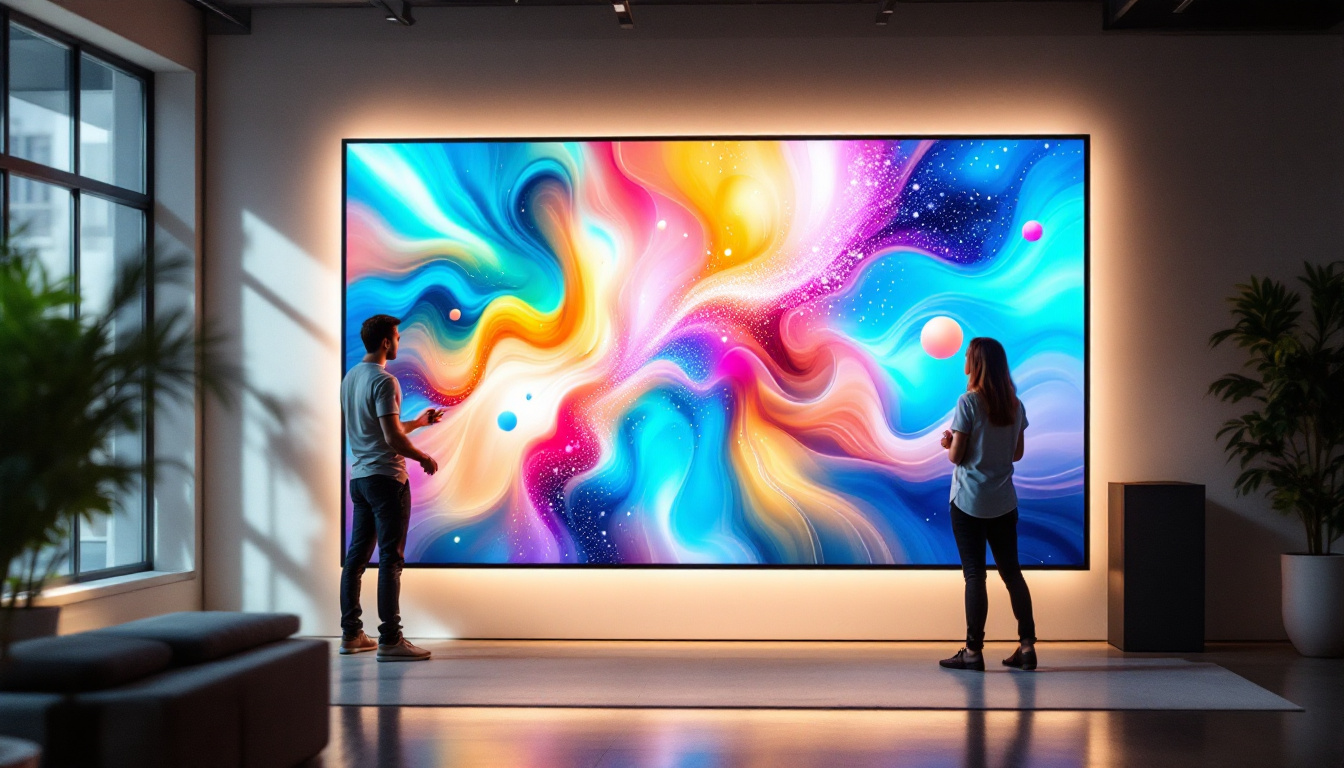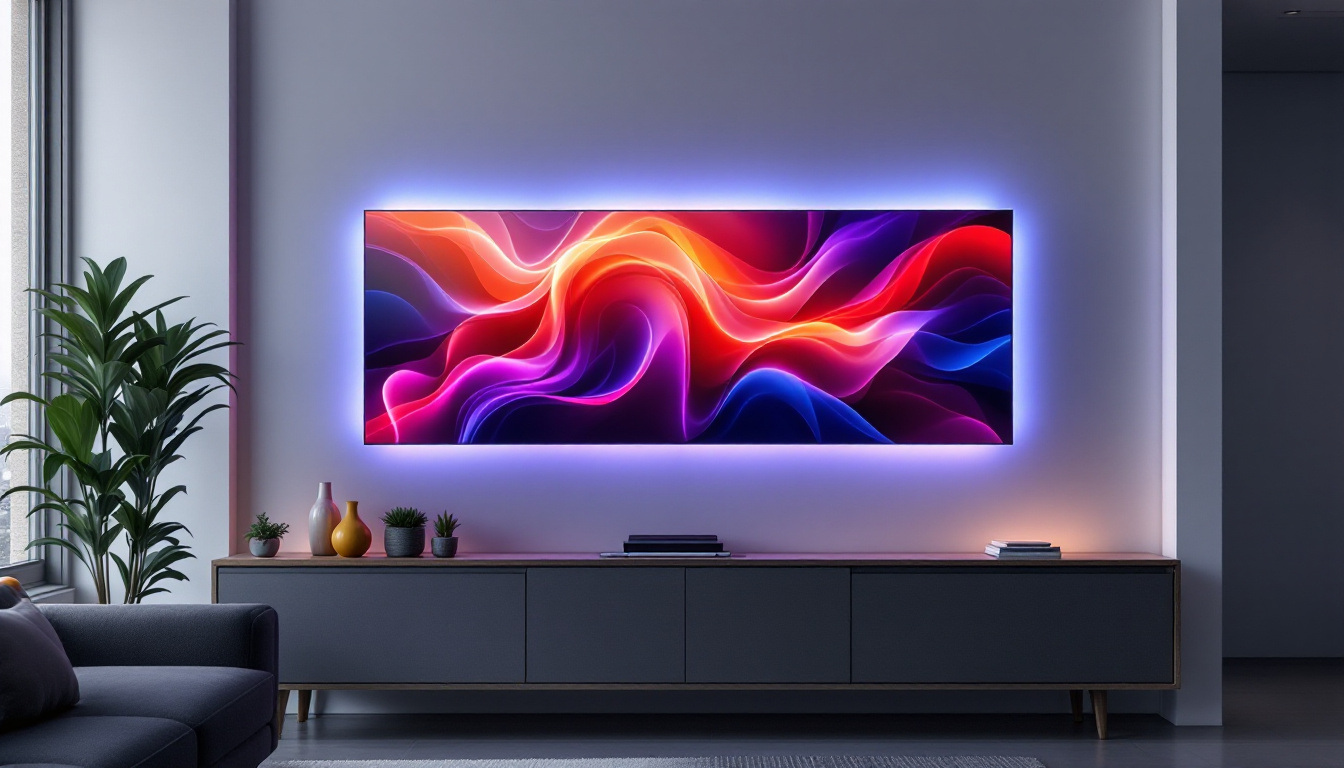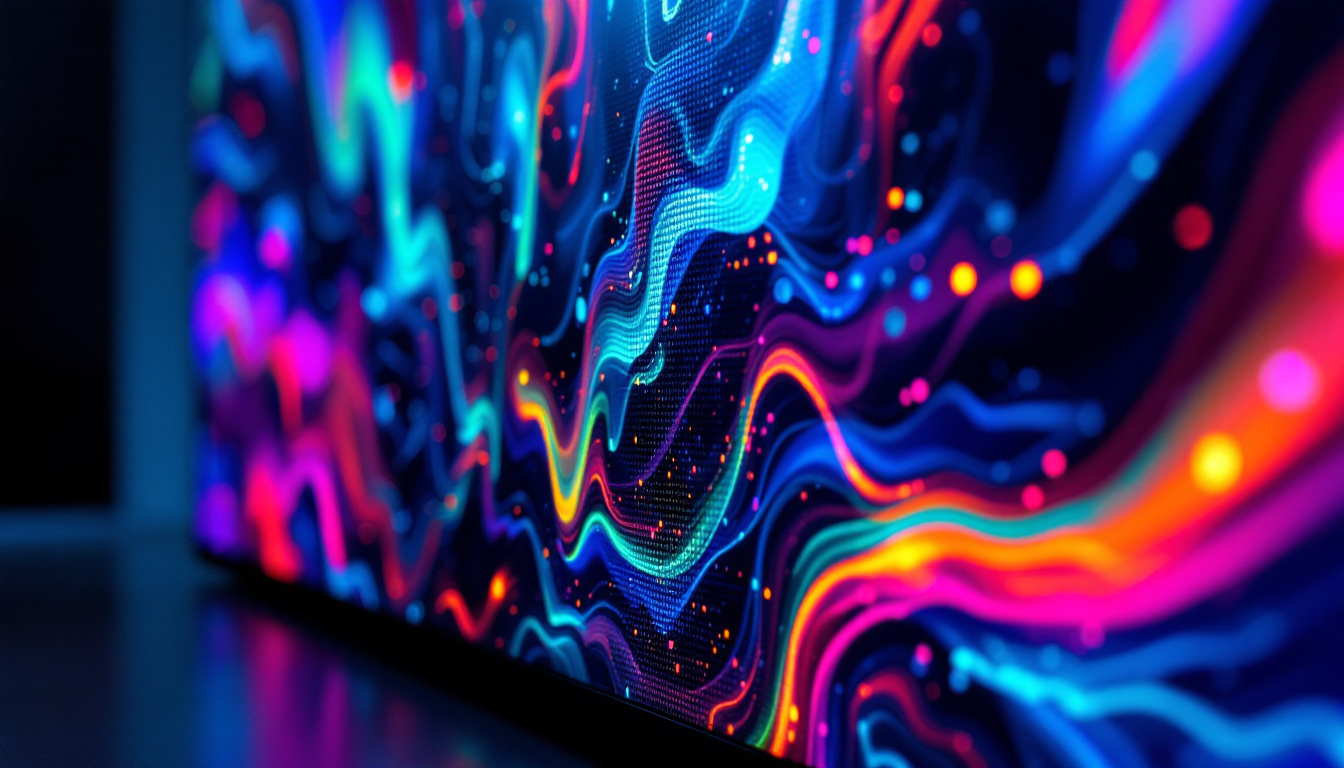Digital Out-of-Home (DOOH) advertising has transformed the landscape of marketing, leveraging technology to connect brands with consumers in dynamic and engaging ways. Among the various mediums used in DOOH, LED displays stand out as a powerful tool for capturing attention and conveying messages effectively. This article delves into the intricacies of LED displays in DOOH advertising, exploring their benefits, technology, and future trends.
Understanding DOOH Advertising
Digital Out-of-Home advertising refers to any digital advertising that appears outside of the home environment. This includes billboards, transit displays, and digital signage in various public spaces. The rise of DOOH has been fueled by advancements in technology, allowing advertisers to reach audiences in real-time with tailored messages.
Key Characteristics of DOOH
DOOH advertising is characterized by its ability to deliver content that is timely, relevant, and engaging. Unlike traditional static billboards, DOOH ads can be updated instantly, allowing for real-time marketing strategies. This flexibility enables brands to respond to current events, weather conditions, or even audience demographics, making their campaigns more effective.
Moreover, DOOH integrates data analytics, which provides insights into viewer engagement and behavior. Advertisers can track impressions, interactions, and even conversions, allowing them to refine their strategies continuously. This data-driven approach not only enhances the effectiveness of campaigns but also helps in optimizing ad placements, ensuring that the right message reaches the right audience at the right time.
The Role of Technology in DOOH
Technology plays a pivotal role in the effectiveness of DOOH advertising. Innovations in display technology, data analytics, and audience measurement have all contributed to the growth of this medium. LED displays, in particular, have emerged as a favorite for advertisers due to their brightness, versatility, and ability to display high-quality visuals.
Additionally, the integration of artificial intelligence and machine learning into DOOH systems has revolutionized how advertisers approach their campaigns. These technologies enable dynamic content creation based on real-time data, such as traffic patterns or social media trends. For instance, a digital billboard can showcase different advertisements depending on the time of day or the demographic profile of people passing by. This level of personalization not only increases engagement but also enhances the overall consumer experience, making DOOH a powerful tool in the advertising arsenal.
The Mechanics of LED Displays
LED (Light Emitting Diode) displays are a type of digital screen that uses diodes to emit light and create images. These displays have gained popularity in various applications, from television screens to large-scale advertising billboards. Understanding how LED displays work is crucial to appreciating their role in DOOH advertising.
How LED Displays Function
LED displays consist of numerous tiny light-emitting diodes that work together to produce images. Each pixel on an LED screen is made up of red, green, and blue (RGB) diodes, which combine to create a full spectrum of colors. When these diodes are illuminated in various combinations, they form the images and videos that capture viewers’ attention.
The technology behind LED displays allows for bright, vivid visuals that can be seen even in direct sunlight. This quality is essential for outdoor advertising, where visibility is a key factor in capturing the audience’s attention. Furthermore, LED displays are energy-efficient, consuming less power than traditional lighting methods, which not only reduces operational costs but also aligns with growing environmental concerns. The longevity of LED technology means that these displays can operate for tens of thousands of hours, making them a reliable choice for businesses looking to invest in long-term advertising solutions.
Types of LED Displays
There are several types of LED displays used in DOOH advertising, each with its unique advantages. The most common types include:
- Full-Color LED Displays: These displays use RGB diodes to create vibrant and colorful images, making them ideal for dynamic advertising.
- Monochrome LED Displays: Typically used for text-based content, these displays are more affordable and can be effective for simple messages.
- Transparent LED Displays: These innovative displays allow light to pass through, making them suitable for storefronts and window displays without obstructing visibility.
In addition to these common types, there are also specialized LED displays such as flexible LED screens, which can be bent and shaped to fit unconventional spaces, and high-resolution LED displays that provide stunning detail for close-up viewing. These advancements have opened new avenues for creative advertising, allowing brands to engage consumers in unique ways. Moreover, the integration of smart technology with LED displays enables real-time content updates and interactivity, enhancing the effectiveness of advertising campaigns by allowing businesses to respond to changing conditions or audience behaviors instantly.
Advantages of LED Displays in DOOH Advertising
LED displays offer numerous advantages that make them an attractive option for advertisers. Their unique characteristics contribute to enhanced visibility, engagement, and overall effectiveness of advertising campaigns.
High Visibility and Impact
One of the most significant benefits of LED displays is their high visibility. With bright and vibrant colors, these displays can capture attention even in busy urban environments. Their ability to display dynamic content, such as videos and animations, further enhances their impact, making them more memorable than static advertisements.
Additionally, LED displays can be strategically placed in high-traffic areas, ensuring that they reach a large audience. This combination of visibility and location maximizes the potential for engagement and brand recall. For instance, LED billboards positioned near popular landmarks or busy intersections can attract thousands of eyes daily, creating a powerful platform for brand messaging. The use of high-resolution screens also means that even intricate details of a product can be showcased effectively, further drawing in potential customers.
Cost-Effectiveness and Longevity
While the initial investment in LED technology may be higher than traditional advertising methods, the long-term benefits often outweigh the costs. LED displays have a longer lifespan compared to other display technologies, reducing the need for frequent replacements. Moreover, the energy efficiency of LED technology means lower operational costs, making it a cost-effective solution for advertisers.
Furthermore, the ability to change content quickly and easily allows brands to run multiple campaigns on a single display, maximizing the return on investment. This flexibility is particularly beneficial for seasonal promotions or time-sensitive offers, as advertisers can adapt their messaging in real-time without incurring additional costs. Additionally, the durability of LED displays means they can withstand various weather conditions, making them ideal for both indoor and outdoor advertising without the risk of deterioration.
Interactivity and Engagement
Modern LED displays can incorporate interactive elements, allowing audiences to engage with advertisements in real-time. This interactivity can take many forms, from touch screens that allow users to explore products to QR codes that link to websites or promotions.
Such engagement not only enhances the viewer’s experience but also increases the likelihood of conversion, as consumers are more likely to act when they feel involved in the advertising process. For example, interactive polls or games displayed on LED screens can encourage participation, creating a memorable experience that resonates with the audience. Additionally, integrating social media feeds into LED displays can foster a sense of community and connection, as viewers see their own posts or comments featured in real-time, further driving engagement and brand loyalty. This blend of technology and creativity in advertising not only captivates the audience but also transforms passive viewers into active participants in the brand narrative.
Challenges and Considerations
Despite their many advantages, LED displays in DOOH advertising are not without challenges. Advertisers must navigate several considerations to ensure the effectiveness of their campaigns.
Content Management
Effective content management is crucial for maximizing the potential of LED displays. Advertisers must ensure that their messages are clear, concise, and visually appealing. The fast-paced nature of digital advertising means that content must be regularly updated to remain relevant and engaging.
Moreover, managing multiple displays across different locations can be complex. Brands often require sophisticated software solutions to schedule and manage content efficiently, ensuring consistency and coherence across their campaigns.
Regulatory Compliance
Outdoor advertising is subject to various regulations that can vary by location. Advertisers must be aware of local laws regarding signage, brightness levels, and content restrictions. Non-compliance can lead to fines or the removal of displays, making it essential for brands to stay informed about regulations in their target markets.
The Future of LED Displays in DOOH Advertising
The future of LED displays in DOOH advertising looks promising, with several trends and innovations on the horizon. As technology continues to evolve, so too will the capabilities of LED displays, offering new opportunities for advertisers to connect with consumers.
Integration with Artificial Intelligence
Artificial Intelligence (AI) is set to play a significant role in the future of DOOH advertising. By analyzing data from various sources, AI can help advertisers tailor their messages to specific audiences in real-time. This level of personalization can enhance engagement and improve the effectiveness of campaigns.
For instance, AI can analyze foot traffic patterns and demographics to determine the best times to display specific ads, ensuring that content reaches the right audience at the right moment.
Augmented Reality and Immersive Experiences
As augmented reality (AR) technology advances, its integration with LED displays is becoming more feasible. AR can create immersive experiences that engage consumers in new and exciting ways. For example, brands can use AR to allow consumers to visualize products in their environment or interact with digital elements overlaid on the real world.
This level of engagement can create memorable experiences that resonate with consumers, ultimately driving brand loyalty and conversions.
Eco-Friendly Innovations
With growing concerns about environmental sustainability, the advertising industry is increasingly focusing on eco-friendly practices. Future LED displays are likely to incorporate more sustainable materials and energy-efficient technologies. This shift not only addresses environmental concerns but also appeals to consumers who prioritize sustainability in their purchasing decisions.
Conclusion
LED displays have revolutionized the DOOH advertising landscape, offering unparalleled visibility, engagement, and flexibility. As technology continues to advance, the potential for LED displays in advertising will only expand, providing brands with innovative ways to connect with consumers. By understanding the mechanics, advantages, and future trends of LED displays, advertisers can harness their power to create impactful campaigns that resonate with audiences.
In a world where attention is a precious commodity, LED displays stand out as a beacon of opportunity, illuminating the path for brands to reach their target audiences in meaningful ways.
Discover LumenMatrix’s Innovative LED Solutions
Ready to elevate your brand’s presence in the DOOH advertising space? Look no further than LumenMatrix, a pioneer in LED display technology. Our diverse range of products, from Indoor and Outdoor LED Wall Displays to specialized solutions like Vehicle LED Displays and LED Sports Displays, are designed to captivate and engage your audience. Embrace the future of visual communication with our Custom, All-in-One, and Transparent LED Displays that promise to deliver your message with unparalleled clarity and impact. Check out LumenMatrix LED Display Solutions today and transform how your brand connects with consumers.

